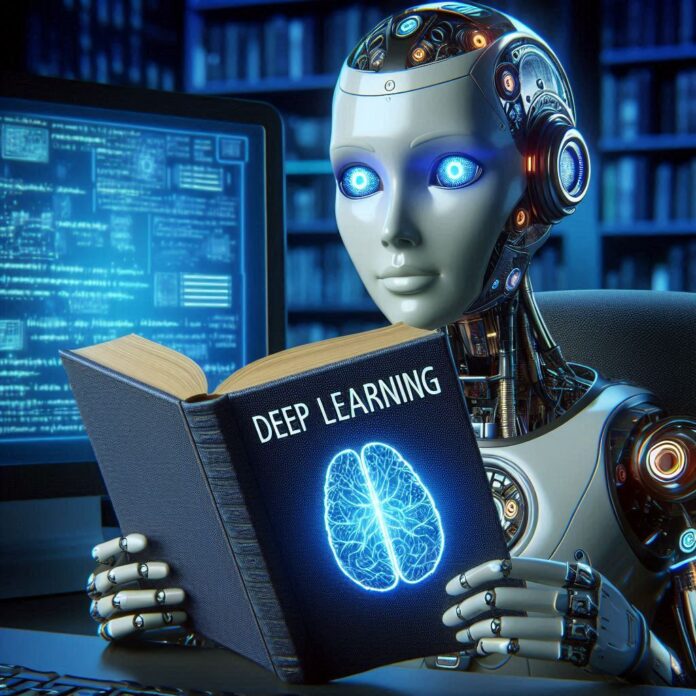Deep learning, a subset of artificial intelligence (AI), has revolutionized various industries by enabling computers to learn from vast amounts of data and make complex decisions. This article explores the fundamentals of deep learning, its applications across different domains, and recent advancements shaping its future.
Introduction to Deep Learning
Understanding Neural Networks
Deep learning models mimic the human brain’s neural networks, comprising interconnected layers of artificial neurons. These neural networks process data through multiple layers to extract high-level features and patterns, enabling sophisticated decision-making and predictive capabilities.
Applications of Deep Learning
Image and Speech Recognition
Deep learning powers image recognition systems that classify objects, recognize faces, and interpret visual data with high accuracy. Speech recognition applications, such as virtual assistants and voice-controlled devices, leverage deep learning algorithms to understand and respond to human speech in natural language.
Natural Language Processing (NLP)
In NLP, deep learning models process and analyze vast amounts of text data to perform tasks like language translation, sentiment analysis, and text generation. Advanced NLP techniques, including transformer models like BERT and GPT, achieve state-of-the-art performance in understanding and generating human language.
Advancements in Deep Learning
Transfer Learning and Pre-trained Models
Transfer learning enables deep learning models to leverage knowledge learned from one task to improve performance on new, related tasks with limited data. Pre-trained models like Vision Transformers (ViTs) and language models (e.g., GPT-3) accelerate AI development by providing robust foundations for diverse applications.
Reinforcement Learning and Autonomous Systems
Deep reinforcement learning combines neural networks with reinforcement learning algorithms to enable autonomous decision-making in dynamic environments. Applications range from robotics and self-driving cars to game playing and resource optimization, demonstrating deep learning’s versatility in complex tasks.
Future Directions and Challenges
Explainable AI and Interpretability
Enhancing the interpretability of deep learning models remains a key challenge. Research focuses on developing techniques to explain model predictions, ensure transparency, and build trust in AI-driven decision-making processes across industries.
Ethical Considerations and Bias Mitigation
Addressing ethical implications, such as algorithmic bias and fairness, is critical in deploying deep learning technologies responsibly. Efforts in bias mitigation, fairness-aware algorithms, and ethical AI frameworks aim to promote inclusivity, accountability, and social responsibility in AI applications.
Conclusion
Deep learning continues to redefine AI capabilities, driving innovations across diverse sectors and transforming how businesses and industries operate. As research advances, integrating deep learning with ethical principles, transparency, and interpretability will shape its future, ensuring responsible AI development and maximizing its potential for societal benefit.





